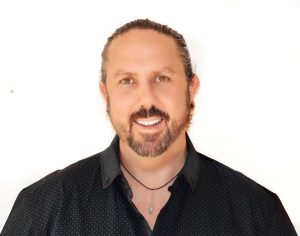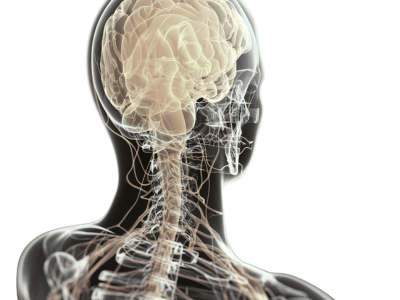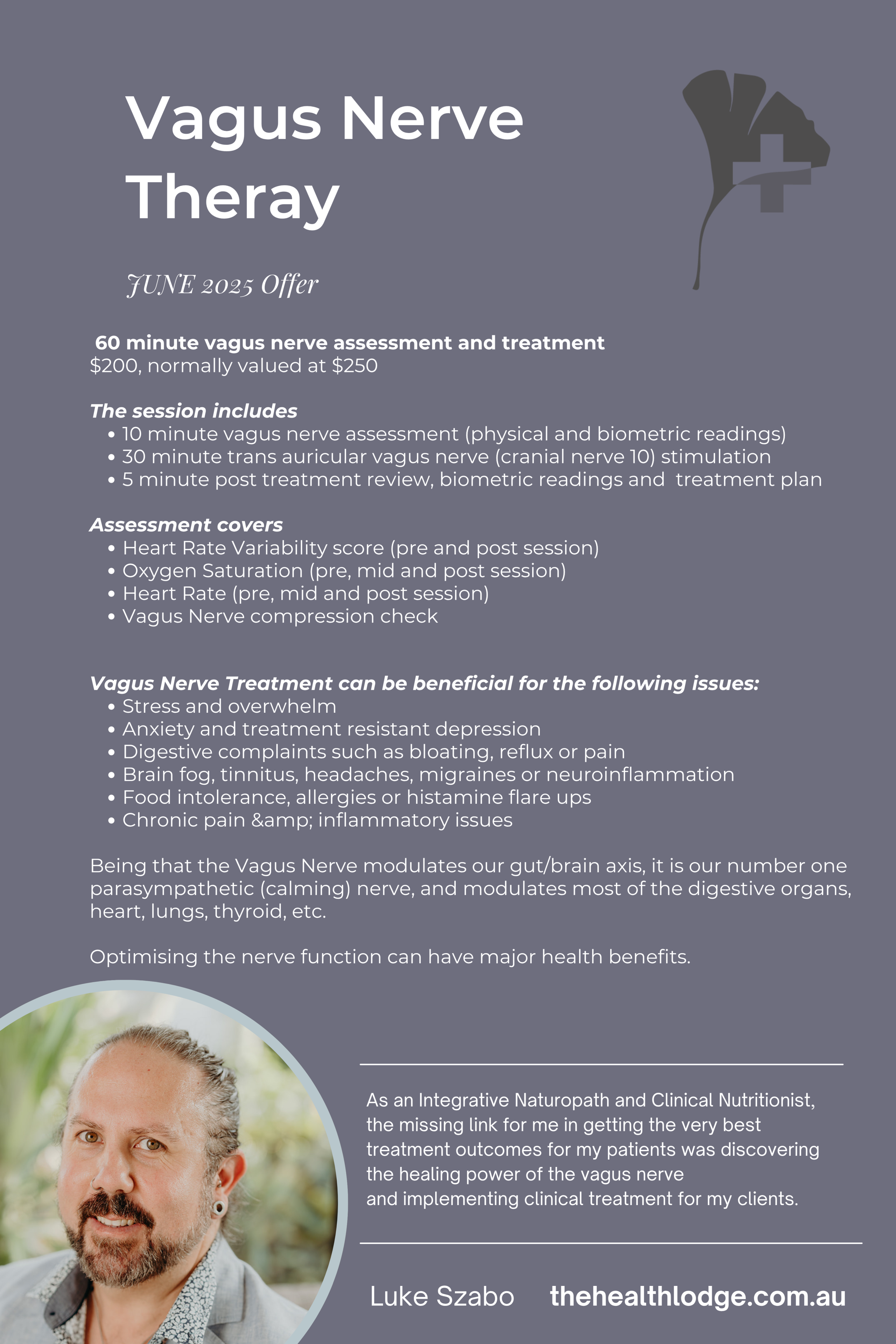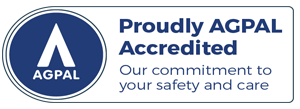 By Luke Szabo – Senior Integrative Naturopath, Clinical Nutritionist, Alchemical Herbalist & Vagus Nerve Practitioner
By Luke Szabo – Senior Integrative Naturopath, Clinical Nutritionist, Alchemical Herbalist & Vagus Nerve Practitioner
The vagus nerve is a powerful and often overlooked player in our health. As the tenth cranial nerve and the longest of all brain nerves, it extends from the brainstem throughout the body, forming a superhighway of communication between the brain and key organs like the heart, lungs, liver, stomach, and intestines. This bi-directional nerve sends 80% of its signals from the body to the brain and only 20% in the opposite direction, making it essential in helping the brain understand and respond to what’s happening internally in the body.
The Vagus Nerve and the Parasympathetic Nervous System
The vagus nerve is a central part of the parasympathetic nervous system, which is responsible for our “rest and digest” functions, calming us down, slowing the heart rate, and promoting digestion. When the vagus nerve is activated, it releases acetylcholine, a neurotransmitter that helps reduce inflammation by lowering levels of pro-inflammatory cytokines like TNF-alpha and interleukins 1, 6, and 18. This makes vagus nerve stimulation a key target for reducing chronic inflammation and supporting overall health.
There are two primary branches of the vagus nerve:
- Ventral Vagal (myelinated) – associated with social engagement, calmness, and connection.
- Dorsal Vagal (unmyelinated) – governs the lower organs and is activated in states of shutdown or freeze response.
Polyvagal Theory: The Three States of Being
- Ventral Vagal State – Social engagement, calm, grounded, connected.
- Sympathetic State – Fight or flight response, marked by stress, anger, fear, or anxiety.
- Dorsal Vagal State – Shutdown mode, often linked to trauma, depression, numbness, and disconnection.
These states aren’t just psychological, they’re physiological and energetic. They also relate to traditional healing systems like Ayurveda, Chinese medicine, and alchemical frameworks. For example:
- Dorsal Vagal Shutdown – Earth and water elements (Kapha in Ayurveda); imbalance may cause heaviness, stagnation, and collapse.
- Sympathetic State – Fire and water elements (Pitta in Ayurveda); imbalance may cause reactive energy like rage or panic.
- Ventral Vagal State – Air and ether elements (Vata in Ayurveda); balance promotes lightness, adaptability, and spiritual awareness.
Causes and Indicators of Vagal Dysfunction
Many factors can impair vagus nerve function, including:
- Birth trauma (e.g., forceps delivery, C-sections)
- Injuries to the neck and cervical spine (e.g., whiplash)
- Surgical trauma or medications that damage peripheral nerves
- Viral infections (e.g., long COVID)
- Environmental toxins (e.g., lead, mercury)
Clinically, reduced heart rate variability (HRV) is the most accurate indicator of vagal dysfunction and is often seen in anxiety, depression, PTSD, and chronic fatigue.
Nutritional and Genetic Considerations
The ventral vagus is myelinated, and this sheath requires nutrients like:
- B12
- Folate
- Choline
- Omega-3 fatty acids
Genetic testing (nutrigenomics) for MTHFR, MTR, PEMT & FADS1 can guide nutrient metabolism support.
Therapeutics for Vagus Nerve Health
Vagus nerve stimulation (VNS) has shown clinical promise:
- 33% improvement in major depressive disorder (meta-analysis)
- Reduced inflammation and symptoms in PTSD (pilot study)
- Improved heart rate variability and decreased anxiety in several studies
Certain probiotics also affect the gut-brain axis:
- Bifidobacterium longum – supports mood and gut health
- Lactobacillus rhamnosus – enhances GABA receptors, reduces anxiety
Screen Time, Posture, and Technology Use
Poor posture (e.g., forward head posture) can stretch and compress the vagus nerve at the cervical spine. Excessive screen time and constant dopamine hits from social media may also overstimulate the sympathetic system. Reducing screen time and correcting posture can help support vagal tone.
The Seven Lifestyle Pillars for Vagal Health
- Exercise
- Nature exposure
- Sunlight
- Meditation
- Social connection
- Music
- Reduced screen time
Herbal Allies for Vagal Balance
- Dorsal Vagal (Shutdown) – Rosemary: warming, uplifting, good for lethargy and low mood
- Sympathetic (Fight/Flight)
- Nettle – cools fiery temperaments, soothes inflammation
- Motherwort – calms anxiety with palpitations, supports the heart
- Ventral Vagal (Calm/Connected) – Calamus: supports speech, communication, and energetic openness
Final Thoughts
The vagus nerve is far more than a biological curiosity—it’s central to physical, emotional, and spiritual well-being. Supporting its function through nutrition, lifestyle, herbs, and in-clinic TVNS (vagus nerve stimulation) may help transform anxiety, chronic illness, and disconnection into calm, connection, and clarity.
If you’re struggling with stress, trauma, or health issues that feel stuck or systemic, I do recommend an in-clinic assessment & treatment to support nervous system regulation as this may be the missing piece in your health journey.
Luke Szabo
Senior Integrative Naturopath, Clinical Nutritionist, Alchemical Herbalist, Vagus Nerve Practitioner
Member of IFM – Institute for Functional Medicine
Member of ANTA – Australian Natural Therapists Association
Member of ACIIDS – Australian Chronic Infections & Inflammatory Disease Society
Luke is at the forefront of Naturopathic health, with 15 years of experience in the Health sector. He is one of the few practitioners who bridges modern science with traditional wisdom, providing a truly integrative and holistic health approach. With training in Functional Medicine, Naturopathic Medicine, Clinical Nutrition, Alchemical Herbalism, Vagus Nerve Therapeutics, Live Blood Analysis, Medical Astrology, and Shamanic Medicine, Luke leaves no stone unturned in helping clients achieve optimal health.
Click here to redeem JUNE Offer.
If you missed my talk on The Vagus Nerve & Key Therapeutics, you can watch here:
https://thehealthlodge.com.au/education/the-vagus-nerve-and-key-therapeutics



